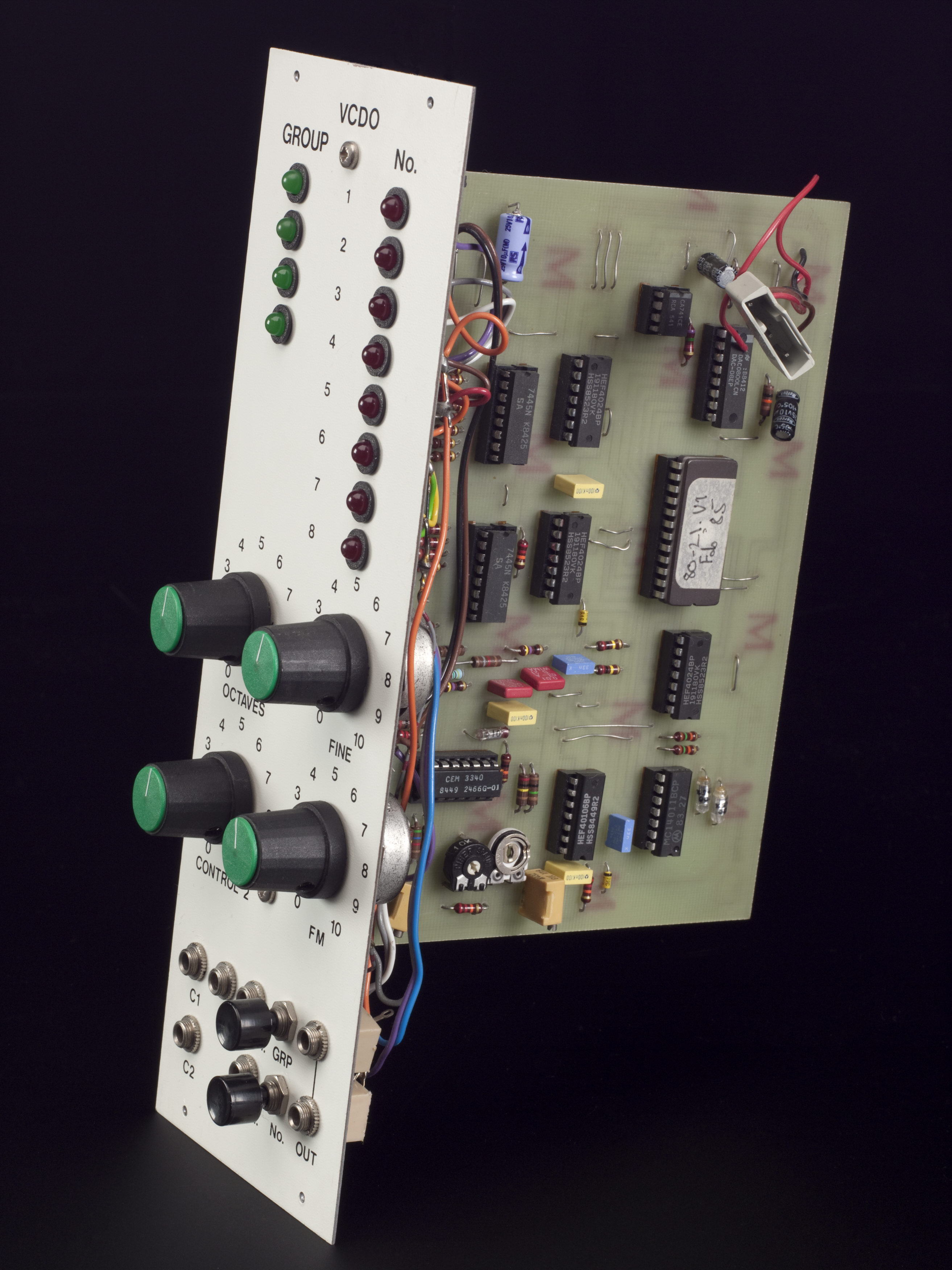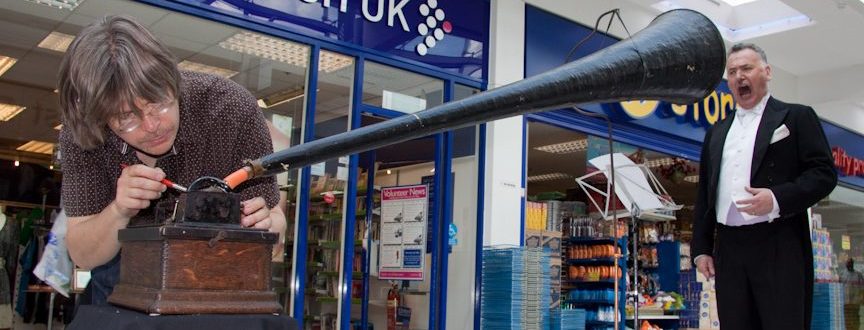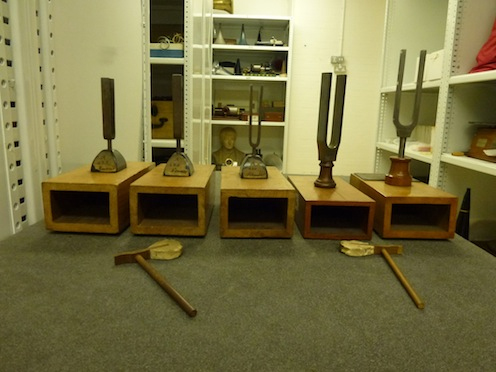Tilly Blyth, Keeper of Technologies and Engineering, writes about the hidden histories of information. Information Age, a new £15.6m communication gallery, will reveal how our lives have been transformed by communication innovations over the last 200 years. Our new gallery on information and communications technologies, Information Age, will open in Autumn 2014. It will look at the development of our information networks, from the growth of the worldwide electric telegraph network in the 19th century, to the influence of mobile phones […]
Amongst our peerless collection of artificial limbs are a number which have been designed or adapted for very specific functions. For example, the special attachment that allowed a one-armed WW2 bomber pilot to hold the joystick in his plane or the artificial leg terminating in a hollow metal half-sphere that prevented a keen beachcomber from sinking into the sand. The arm pictured above is one of the most intriguing examples we have. Acquired from Queen Mary’s Hospital in Roehampton, it’s […]
This article was written by Ellie West-Thomas, An Electronic Music Volunteer. As Christmas draws closer, how many of you have found yourselves in a shopping centre listening to the dulcet sounds of an instrumental version of ‘The Girl from Ipanema’? Whether we notice it or not, music is always around us. Music by Muzak is a company who scientifically produced to create background music for shopping centres, offices and even lifts. It has been scientifically proven that music effects you and […]
Something a bit different from Stories from the Stores today – we’re hosting the History Carnival, and bringing you a roundup of last month’s blogs on history (and a few other links we just found interesting). Don’t worry – in true STFS style, we’re still illustrating it with objects and images from the Science Museum’s collections! Slaughter, Shakespeare and squibs November’s remembered for gunpowder treason and plot, for which Guy Fawkes suffered a traitor’s execution: hung, drawn and quartered. As Kathleen McIlvenna points […]

Ninety years ago at 5:33pm on 14th November 1922, the first British Broadcasting Company transmitter, 2LO, crackled into life.
Guest blog post from Robert Sommerlad, a musician and Science Museum research assistant. One of the museum’s many wonderful volunteers recently took a trip to Brighton in order to find out more about an object featured in our Oramics to Electronica: Revealing Histories of Electronic Music exhibition. In an exhibition filled with many bizarre objects and unlikely musical instruments, the circuit bent Speak & Spell toy is certainly one of the most unusual and interesting items. This brightly coloured jumble of knobs, switches and buttons was […]
Today we have a treat for fans of our Oramics to Electronica: Revealing Histories of Electronic exhibition; a lovely little behind the scenes podcast about the Oramics machine! A B-Side to the main exhibition, if you will. Nick Street‘s documentary about the creation of the exhibition features many fascinating interviews with contemporary electronic musicians, colleagues of Daphne Oram, and the curators and conservators behind the exhibition. Bonus material from Nick’s interviews was used to create this podcast, which features Science Museum Conservator Dennis […]
One of my favourite objects in the Oramics to Electronica exhibition is the TB-303. Marketed in the 1980s as a ‘base accompaniment’ for solo musicians it failed to impress. As a consequence TB-303s soon became available on the second hand market, where they were picked up by inventive DJs creating a new type of sound know as House in cities such as Detroit and Chicago. By pushing the TB-303 to its limits they found a unique ‘liquid’ sound that became […]

A Guest blog post from Robert Sommerlad, a musician and volunteer Science Museum research assistant.

On Wednesday 30 May Sound Artist-in-residence, Aleks Kolkowski, began his series of live demonstrations of wax cylinder recording, using an original hand-cranked Edison phonograph c.1909. Aleks was joined by the talented Jason Singh, a beatboxer and vocal sculptor, who is currently the Sound Artist-in-residence at the V&A museum. Both residencies are part of Supersonix, an Exhibition Road Cultural Group project. Aleks gave a fascinating introduction to the process and technology used to inscribe sound onto a wax cylinder; the pressure […]
This artice was written by Ellie West-Thomas, Research Assistant for Electronic Music Fourteen years ago the BBC Radiophonic Workshop, who created innovative music and techniques that made it one of the most significant influences on electronic music today, closed its doors for the last time. Maida Vale Studios, the home to the workshop, was a place once filled by people brimming with ideas that changed the course of Electronic Music. The Workshop was set up to satisfy the growing demand in the late 1950s […]

The Science Museum is very pleased to announce our first ever Sound Artist in Residence, Aleks Kolkowski. In recent years Aleks has explored the potential of historical sound recording and reproduction technology to make contemporary mechanical-acoustic music. His works for singers, instrumentalists and even singing canaries often feature live-made sound inscriptions onto wax cylinders and lacquer discs using Edison phonographs and old disc recording lathes. Other activities include repurposing discarded digital CDs with 45rpm analog records and both sound installations […]